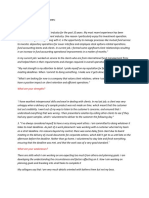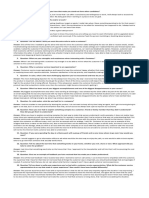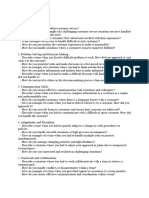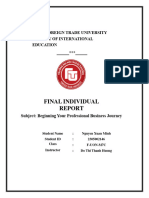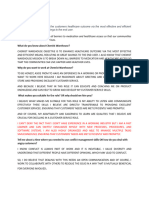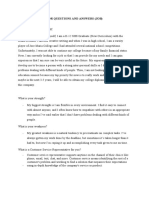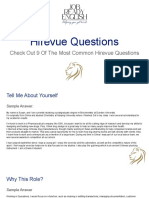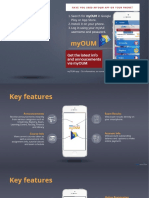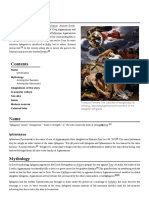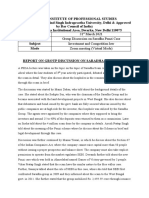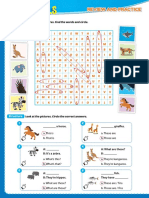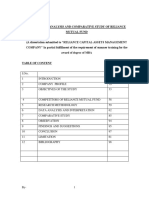0% found this document useful (0 votes)
3 views6 pagesCall Center Answers
The document outlines the qualifications and experiences of an individual applying for a Virtual Assistant – Property Management role, highlighting their strong organizational skills, communication abilities, and hands-on experience in various administrative tasks. It also describes their approach to overcoming challenges in sales, managing high-priority tasks, and maintaining professionalism in customer service while balancing personal values. Additionally, the document discusses the individual's interests in volunteering and personal development, emphasizing their commitment to empathy and problem-solving in both personal and professional contexts.
Uploaded by
alejandro quinteroCopyright
© © All Rights Reserved
We take content rights seriously. If you suspect this is your content, claim it here.
Available Formats
Download as DOCX, PDF, TXT or read online on Scribd
0% found this document useful (0 votes)
3 views6 pagesCall Center Answers
The document outlines the qualifications and experiences of an individual applying for a Virtual Assistant – Property Management role, highlighting their strong organizational skills, communication abilities, and hands-on experience in various administrative tasks. It also describes their approach to overcoming challenges in sales, managing high-priority tasks, and maintaining professionalism in customer service while balancing personal values. Additionally, the document discusses the individual's interests in volunteering and personal development, emphasizing their commitment to empathy and problem-solving in both personal and professional contexts.
Uploaded by
alejandro quinteroCopyright
© © All Rights Reserved
We take content rights seriously. If you suspect this is your content, claim it here.
Available Formats
Download as DOCX, PDF, TXT or read online on Scribd
/ 6













